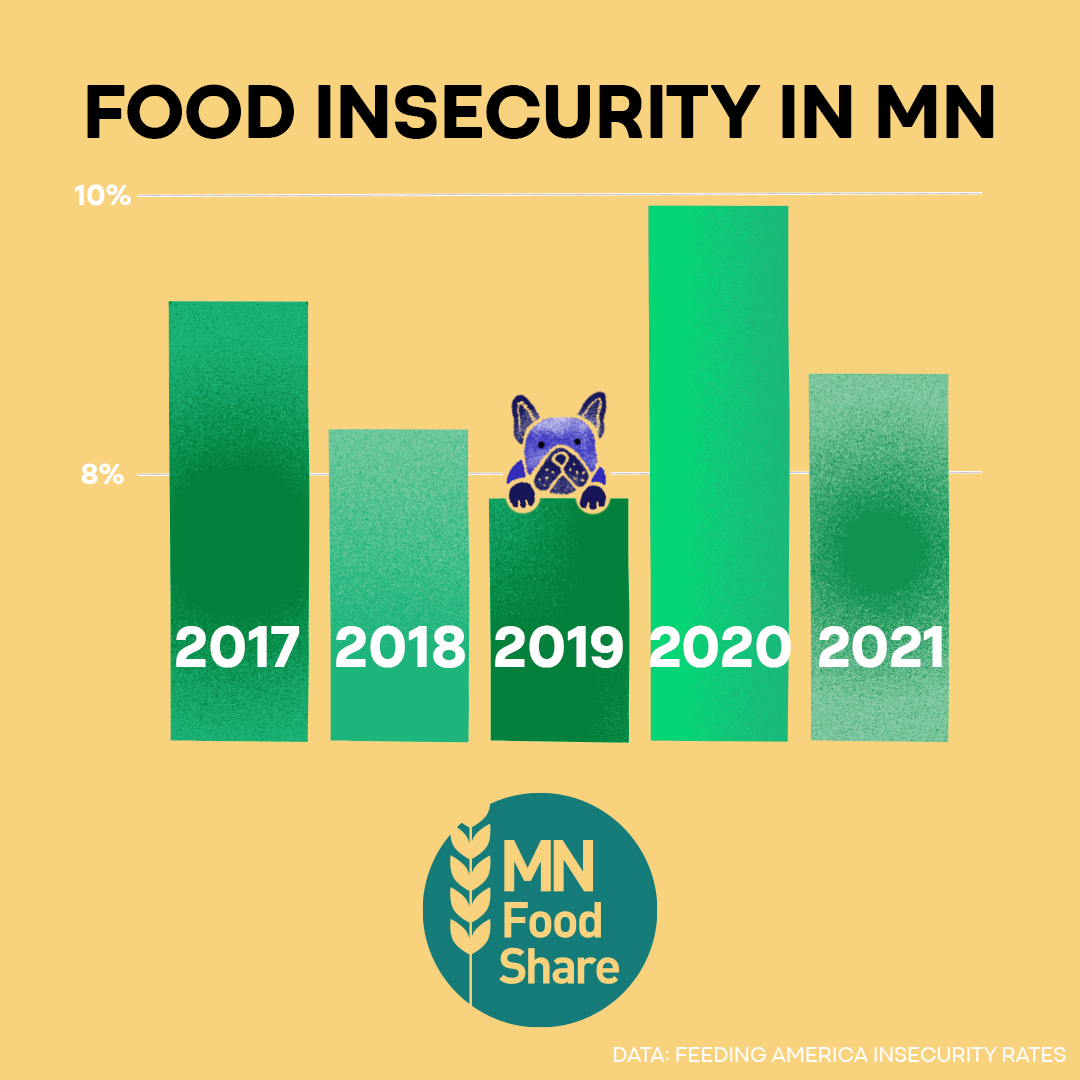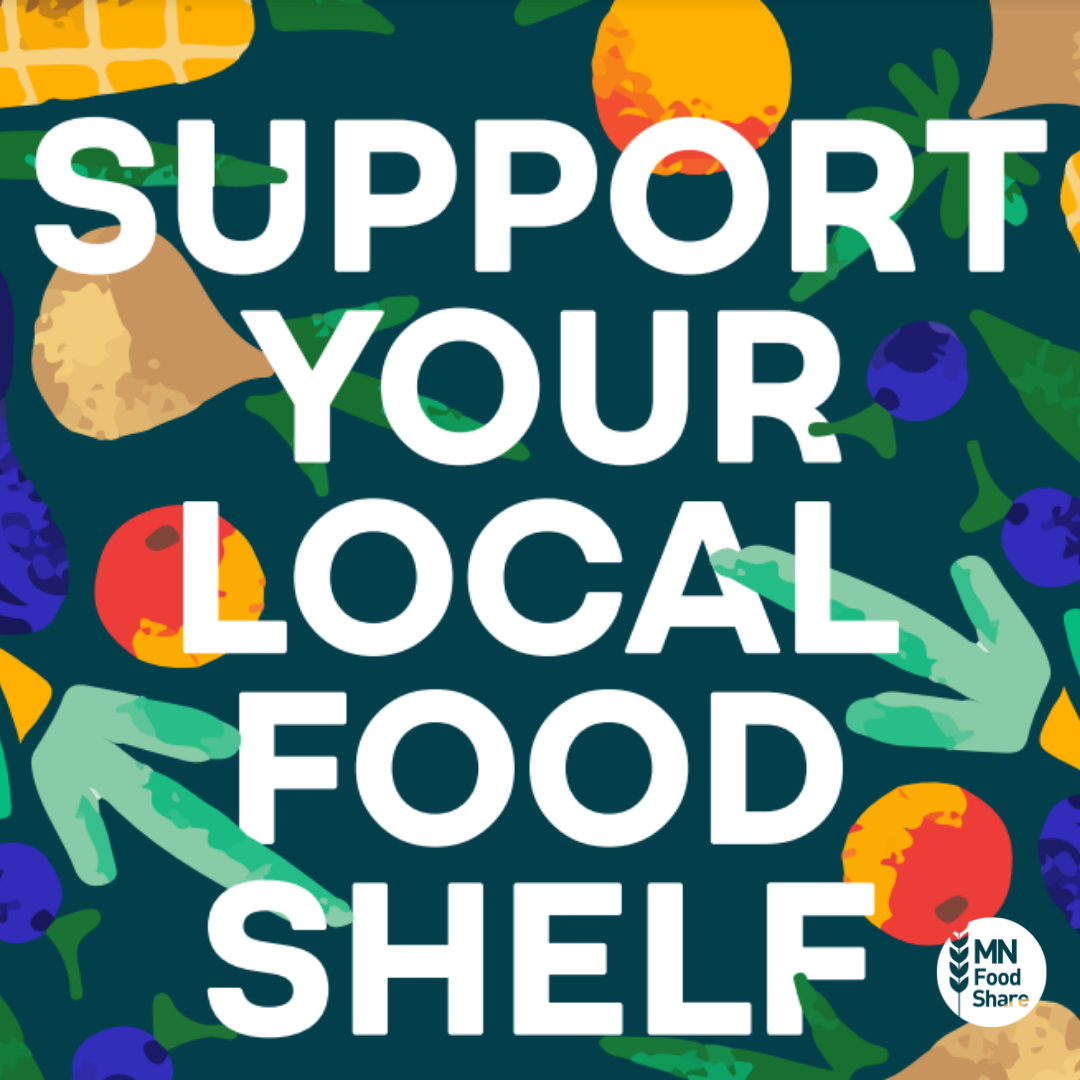Grocery and gas prices are soaring. You see it in the checkout line and in your monthly budget. For many families fighting to stay afloat inflation and supply chain issues mean empty cupboards and empty bellies.
This February our Executive Director, Jason Viana, caught up with Karishma Vanjani from Barron’s Online – Powered by Dow Jones to chat about the harsh reality of rising food costs in America.
At The Open Door the impact of rising prices has materialized in food expenditures more than doubling from a year ago and the amount of purchasing power declining by around half. On average, families took home a few pounds less food on each visit this January than they did last year due to the challenges in the global supply chain.
Check out the full story below.
US | February 12, 2022·02:36pm
On a recent February morning, Joe Slater watched a line of people wrap around the large parking lot of Gleaners Food Bank in Indianapolis, in below-freezing temperatures.
Slater, chief financial officer of Indiana’s largest food bank, said up to 25% more people wait for food there than before the pandemic, and for roughly twice as long—anywhere from 1.5 to 2 hours. The longer lines have come hand-in-hand with rising consumer prices: Inflation surged at a 7.5% annual pace in January, according to data released Thursday. The price of chicken, for instance, has jumped about 10% from just a year ago. “We are still trying to buy as much quantity [but] it’s forcing us to limit what we buy,” Slater said. “Everyone wants chicken breasts, but they are so expensive now, so we buy drumsticks and chicken legs.”
Soaring prices have increased demand at many food banks that supply staples to low-income families. To keep up with the growing need, Feeding America’s nationwide network of food banks purchased 58% more food in its 2021 fiscal year compared with the previous year.
Some organizations say they are struggling to afford certain items, especially meat, and can’t supply as much food to families as they did before the pandemic.
That means many of those consumers must reach into their wallets to buy the items they used to find at local community pantries—leaving them with less money to pay for other basic needs.
 “With budgets already strained, [people] have told us clearly that less food during their visit has a real impact on their ability to make ends meet,” said Jason Viana, executive director at The Open Door Pantry in Eagan, Minn. “Less food from us equals less likelihood they can both pay their rent and feed their family.”
“With budgets already strained, [people] have told us clearly that less food during their visit has a real impact on their ability to make ends meet,” said Jason Viana, executive director at The Open Door Pantry in Eagan, Minn. “Less food from us equals less likelihood they can both pay their rent and feed their family.”
The Open Door now serves about 14,000 people each month, double the number it served pre-pandemic. At the same time, it has had to reduce the number of meat and dairy items it can provide to families because of elevated costs.
The rapid rise in food prices, in particular, has outpaced a number of other sectors. In January, grocery prices, which include cereals, milk, and bread, jumped 7.4% year over year.
Minnesota’s Second Harvest Heartland food bank is seeing the impact of inflation firsthand: It can no longer distribute free meat to its partner food pantries. Julie Vanhove, director of supply and demand planning, said the food bank had 40% less meat available in the last six months versus the same period a year ago.
Overall, Second Harvest’s food purchase prices were 9% higher in the last six months of 2021 from the year-ago period, but its supply to pantries was down 15%. Case in point: It has been paying $9,500 to bring in free apples and pears from the state of Washington. Last spring, “our average freight cost was $3,000 per truckload,” Vanhove said.
Similarly, the Food Bank for New York City now pays $51,000 for a truckload of peanut butter, roughly 80% more than it did in June 2019, according to the bank’s chief procurement officer, Bob Silvia. Rising transportation and packaging expenses play a big part in such increases: Feeding America says that freight costs to move donated food climbed more than 20% last month from a year ago for its food bank network.
 The rise in food prices is disproportionately affecting low-income households because they spend a larger share of income on food, said Maurice Obstfeld, a senior fellow at the Peterson Institute for International Economics and former chief economist at the International Monetary Fund. The lowest 20% of earners spend 27% of their income on food, whereas the highest income quintile spends only 7% of income on food, Obstfeld said, citing 2020 data from the Agriculture Department.
The rise in food prices is disproportionately affecting low-income households because they spend a larger share of income on food, said Maurice Obstfeld, a senior fellow at the Peterson Institute for International Economics and former chief economist at the International Monetary Fund. The lowest 20% of earners spend 27% of their income on food, whereas the highest income quintile spends only 7% of income on food, Obstfeld said, citing 2020 data from the Agriculture Department.
Nathan Sheets, Citi’s global chief economist, agrees. Lower-income consumers’ higher spending on food “is an iron law of economics,” he said. “It leaves them with fewer other financial reserves to absorb the rising costs.”
Food-insecure families and the pantries that help them might not get a reprieve from inflation any time soon, amid continued supply chain disruptions, labor shortages, and robust demand. Sheets doesn’t see a significant improvement in the next six months.
“It may not be getting worse,” he says, “but it’ll also be far from normal food prices.”
For more information on how you can support The Open Door’s hunger relief efforts visit our “How to Give” page at https://theopendoorpantry.org/how-to-give/.
Leave a Reply